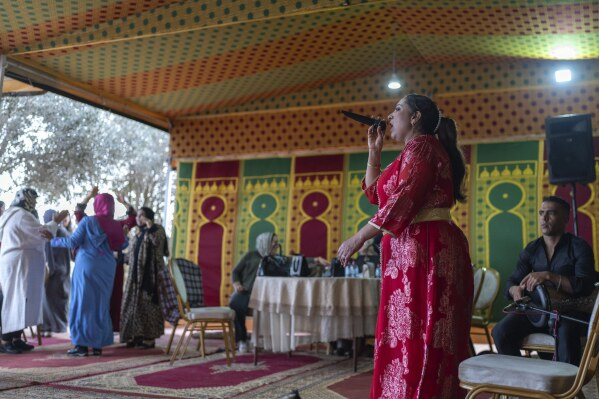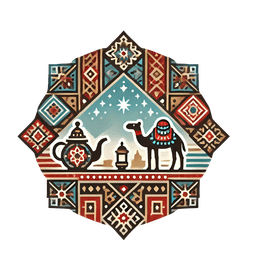- Published on
The Soulful Echoes of Aita Singing Tradition in Morocco
- Authors

- Name
- Adil ABBADI
Introduction
In the vibrant cultural landscape of Morocco, music plays a significant role in bringing people together and celebrating the country's rich heritage. Among the diverse musical traditions that Morocco boasts, Aita singing stands out as a unique and captivating art form that has been enthralling audiences for centuries. In this blog, we'll delve into the history, significance, and modern relevance of Aita singing, exploring its soulful melodies and rhythmic beats that continue to echo through the streets of Morocco.
- Origins of Aita Singing
- Characteristics of Aita Singing
- Types of Aita Singing
- Modern Relevance of Aita Singing
- Preservation Efforts
- Conclusion
- Embrace the Rhythm
Origins of Aita Singing
Aita singing originated in the northern regions of Morocco, particularly in the provinces of Tangier and Tetouan. The art form is believed to have evolved from the traditional music of the Andalusians, who migrated to Morocco from Spain in the 15th century. Over time, Aita singing blended with the local music traditions, incorporating Arabic, Berber, and African influences to create a distinctive sound.

Characteristics of Aita Singing
Aita singing is known for its hauntingly beautiful melodies, often accompanied by traditional instruments such as the oud, qraqeb, and darbuka. The music is typically performed in Arabic, with lyrics that revolve around themes of love, nature, and social issues. Aita singing is characterized by its unique vocal style, which involves a wide range of vocal ornamentations, including trills, vibratos, and melismatic phrases.
Types of Aita Singing
There are several sub-genres of Aita singing, each with its own distinct style and characteristics. Some of the most popular types of Aita singing include:
- Aita Hassani: Known for its fast-paced rhythms and complex vocal ornamentations, Aita Hassani is a popular sub-genre from the Tangier region.
- Aita Andalusi: This sub-genre is characterized by its slow, melancholic melodies and is often performed in a more intimate setting.
- Aita Chaabi: Aita Chaabi is a more modern sub-genre that emerged in the 20th century, blending traditional Aita singing with modern styles such as chaabi and pop.
Modern Relevance of Aita Singing
Despite its centuries-old origins, Aita singing remains a vital part of Moroccan cultural heritage. The art form continues to evolve, with modern artists incorporating new styles and instruments into their performances. Aita singing has also gained popularity beyond Morocco's borders, with international artists and audiences discovering its unique charm.
Preservation Efforts
In recent years, efforts have been made to preserve and promote Aita singing as an intangible cultural heritage of Morocco. The Moroccan government, along with local organizations and artists, has launched initiatives to document and teach Aita singing to new generations. These efforts aim to ensure the continued relevance and popularity of this unique art form.
Conclusion
Aita singing is a treasured aspect of Moroccan cultural heritage, with its soulful melodies and rhythmic beats continuing to captivate audiences around the world. As we explore the rich history and significance of Aita singing, we're reminded of the importance of preserving traditional art forms for future generations. By embracing and celebrating Aita singing, we can deepen our appreciation for the cultural diversity that makes Morocco such a vibrant and fascinating country.
Embrace the Rhythm
Join us in celebrating the timeless beauty of Aita singing, an art form that continues to echo through the streets of Morocco. Let the soulful melodies and rhythmic beats transport you to a world of cultural richness and diversity.
